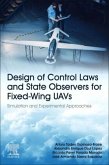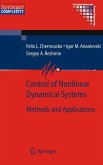The problem of observer design naturally arises in a system approach, as soon as one needs some internal information from external (directly available) measurements. In general indeed, it is clear that one cannot use as many sensors as signals of interest characterizing the system behavior for cost reasons, and technological constraints, especially since such signals can come in a quite large number. The purpose here will thus be to give an overview on some possible tools for observability tests and observer design for a class unmeasured signals. Some nonlinear observers, as polynomial, high gain and bounded observers are presented and several application examples as (bio)chemical reacting systems and synchronization of nonlinear oscillators are given.








